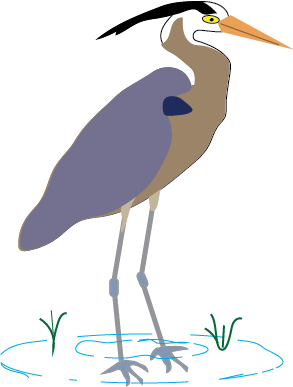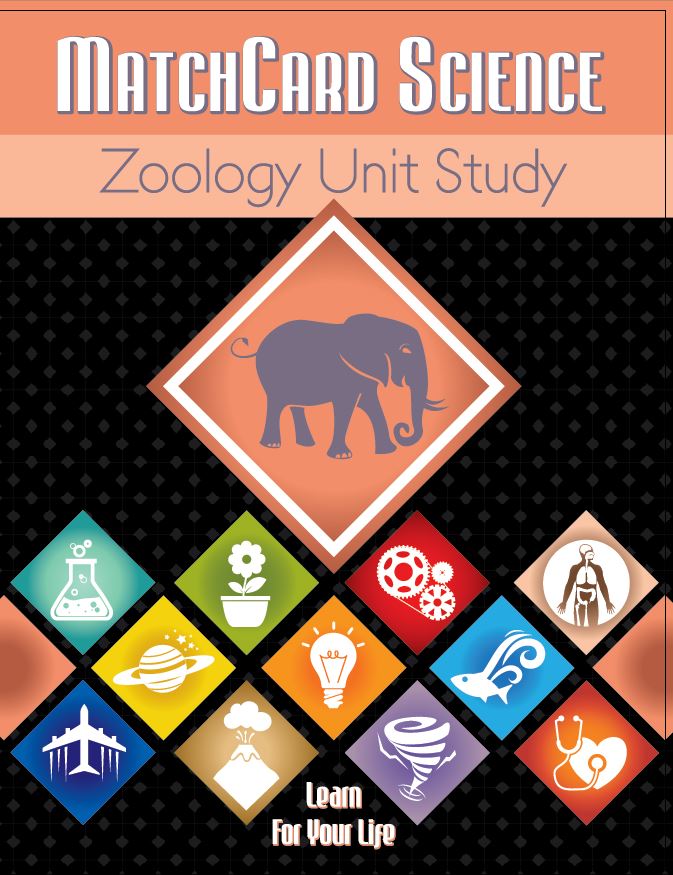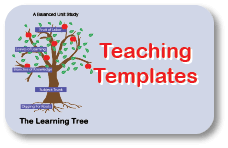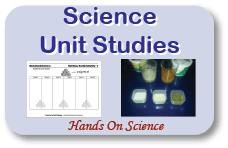Herbivore Carnivore Omnivores
Learn the difference between the herbivore, carnivore, and omnivore jaw and teeth with our worksheet.Free Download Below
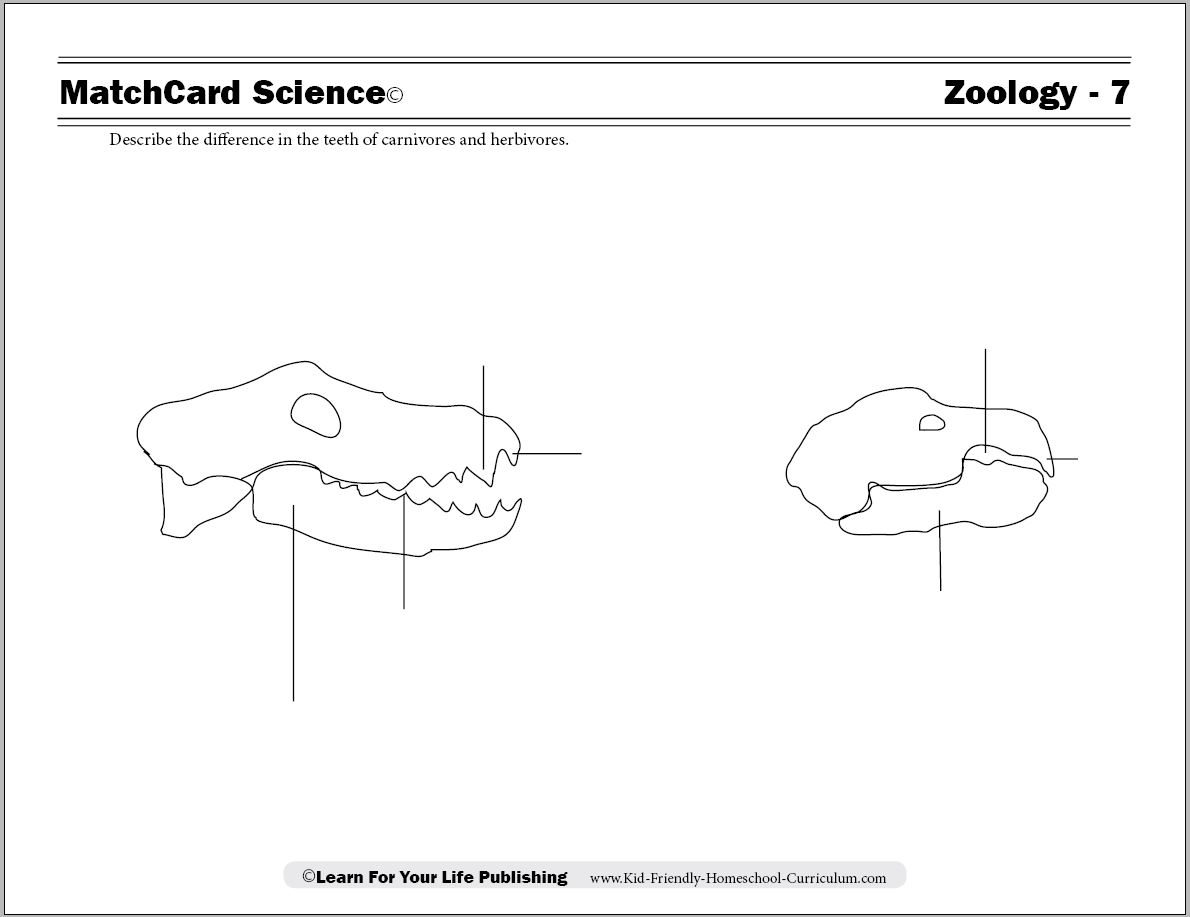
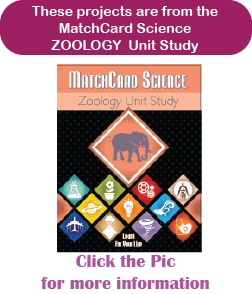
MatchCard Science Herbivore Carnivore Omnivore Worksheet
Objective: Describe the difference in the teeth of carnivores, herbivores and omnivores.MatchCard: Download below.
The diagram shows the difference in the jaw and teeth of carnivores and herbivores. MatchCard Information Pieces are placed in the correct location on the diagrams. .
Download and Use the Herbivores, Carnivores, and Omnivores MatchCard


Click image to go to download.
This is MatchCard #7 of the Zoology Unit Study. Find more information on MatchCard Science below.
Opening Activity
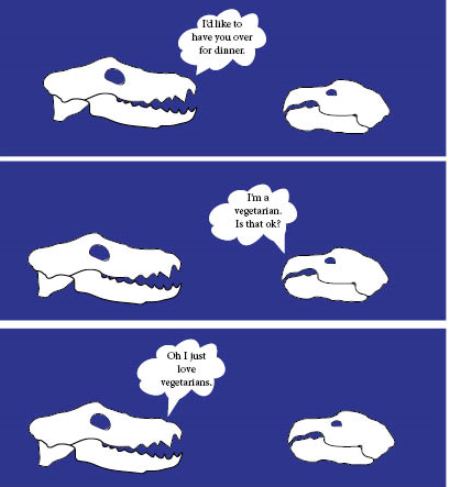
Put out different types of food for the student(s) to compare. Examples might include:
- Apples
- Bread
- Sunflower seeds or nuts
- Meat
- Egg in the shell
- Carrot
After this activity, show the Herbivore, Carnivore, Omnivore MatchCard.
Learn About Carnivores
Carnivore Definition
A carnivore is a meat-eater.They usually hunt and kill their food before eating it. Their teeth and jaws make hunting and devouring meat possible. Other parts of their anatomy will also assist them.
Students learned in Zoology #6 Food Chain MatchCard that carnivores are secondary consumers.
Carnivore Skulls
Canines
The canines are large sharp teeth that enable a carnivore to bite and skill their prey.Carnivore Incisors
The incisors are the sharp fangs that allow the animal to dig their teeth into the flesh and tear bits off.Carnassials
The carnassials are towards the back of the jaw and allow the animal to cut and scrape the meat into smaller pieces.Jaw
The jaw of a carnivore moves up and down.Learn About Herbivores
Herbivore Definition
A herbivore is a plant eater. Usually, the plants are part of the animals environment so the animal does spend as much time looking for food.Students learned in MatchCard #6 (link above) that herbivores are primary consumers and the plants they eat are the producers in the food chain.
Herbivore Skulls
Herbivore Incisors
Herbivores also have incisors at the front of their mouth to allow them to bite into food. The shape is determined by what type of food they usually eat.Diastema
The diastema is a hollow area in the herbivores oral cavity that allows it to hold the food when it is not being chewed. Sounds kind of rude, doesn't it?Herbivore Jaw
The herbivore jaw moves in a side to side motion as it grinds its food.Learn About Omnivores
Omnivore Definition
The omnivore eats both plants and animals. Some examples of omnivores include:
- Pigs
- Bears
- Humans
Ouch! Who wants to be included in the same list as pigs and bears.
Omnivore Skulls
In general, omnivores have sharper front teeth than herbivores and flatter molars than carnivores.
Their jaws move both up and down and from side to side.
They are often scavengers in addition to or instead of hunting for their food. They often eat animals that are already dead (instead of killing it themselves.)
Whoa! That isn't getting any more complimentary either!
Omni-Vocabulary
Students were previously exposed to the terms carnivores and herbivores. Let's look at the word "omnivore".
- Omni - "all" or "universal"
- Vore - devour or consume
Other terms with the suffix "omni" include omnipresent (everywhere) and omniscient (all-knowing.)
And now there's Omnivore - "Hey, he'll eat ANYTHING!"
Hands-On Activities
Or Should We Say "Teeth On" Activities?
Using Your Chompers
Run your finger over your own teeth. Can you tell which are:
- Incisors
- Carnassials
- Molars
Have a snack or meal and see how you use your different teeth.
Say Cheese
After learning about the difference between the teeth of the different types of animals, it's a good idea to take a field trip and check out some of those pretty front teeth.
- Zoo
- Nature Center
- Pet Store
Obviously, we don't want to be sticking our hands in the teeth of bears to check out their incisors. But do take whatever opportunity you can to check out those big front teeth of any animal you can.
Take your camera and see how many of the toothy grins you can capture.

Interested in HUMAN teeth?
Check out human tooth model and worksheet to learn about the different layers of teeth.
MatchCard Science
How To Use MatchCards

Download the FREE MatchCard Science Instructor's Guide and see how MatchCards can make building their science knowledge base fun.
12 Science Unit Studies

Chemistry is only one of twelve complete unit studies for kids in 3rd to 8th grade.
Comprehensive objectives, hands-on projects, suggested science fair experiments, and the fun game-like MatchCards keep them interested in learning science. See all twelve MatchCard Science Unit Studies.
About Our Site
Hands-On Learning
